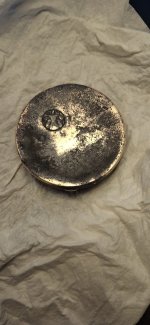uniface
Silver Member
Crazy jumble of diffusionist nonsense ?
Consider some of the evidence
North American Indian Artifacts
Consider some of the evidence
North American Indian Artifacts
Charles Fort said:Reality is not only stranger than we imagine, It is stranger than we can imagine.
Upvote
0




